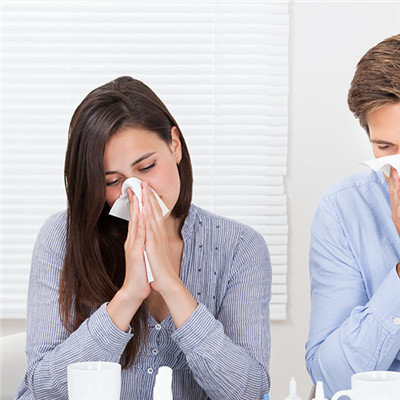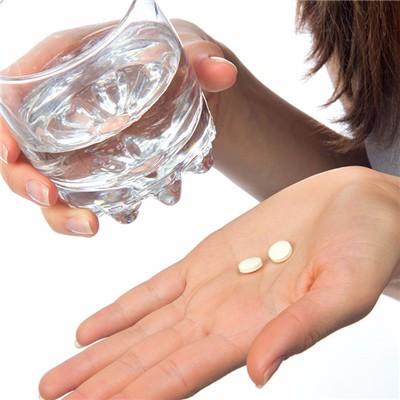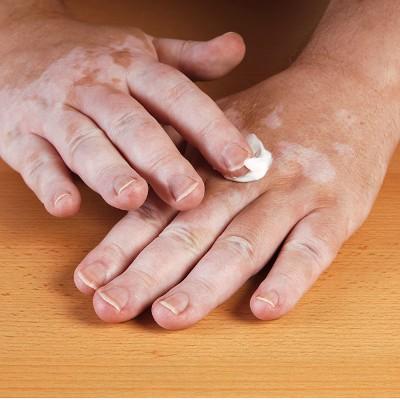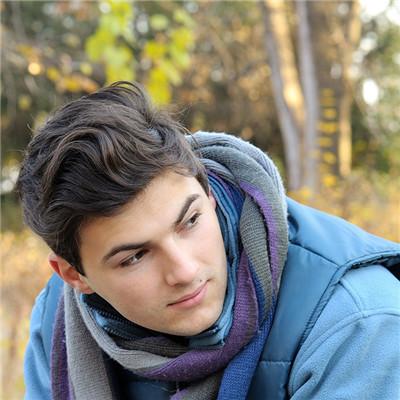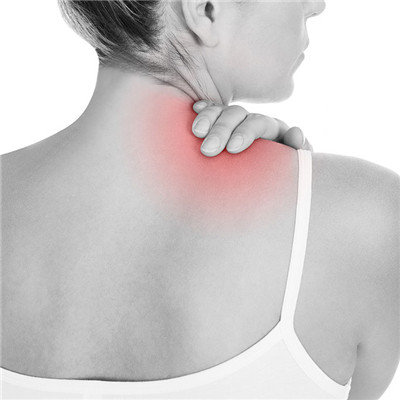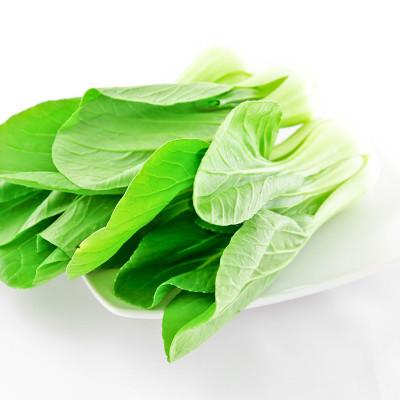Symptoms and treatment of cheilitis
summary
Cheilitis is the general term of inflammatory diseases occurring in the lip. According to the course of disease, there are acute cheilitis and chronic cheilitis; According to the clinical symptoms, there are erosive cheilitis, eczema cheilitis and desquamation cheilitis; According to the etiology and pathology, there are chronic nonspecific cheilitis, glandular cheilitis, benign lymphoproliferative cheilitis, granulomatous cheilitis, Merleau syndrome, actinic cheilitis and allergic cheilitis. The symptom of cheilitis and treatment? Let's talk about it
Symptoms and treatment of cheilitis
Plasma cell cheilitis: mainly involving the lower lip, more common in the elderly. At the beginning, small blisters appeared on the lip mucosa, which were soon broken and scabbed. If the surface was not eroded, localized dark red edematous plaque with clear boundary could be seen, and the surface was glossy like paint. There may be atrophic changes of mucosa in the later stage. But it is easy to recur.
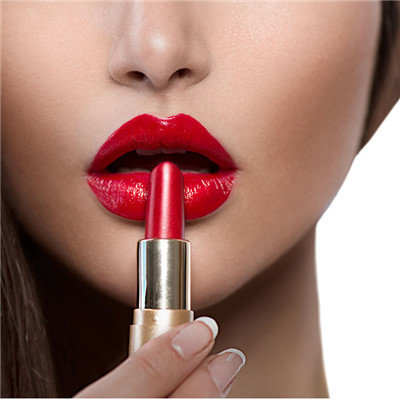
In chronic erosive cheilitis, the red part of the lip is eroded and exfoliated, with inflammatory exudates, forming yellow scab, or coagulating into blood scab after bleeding, or purulent secretion forming purulent scab after secondary infection. Recurrent, can also be temporary healing, but often relapse.
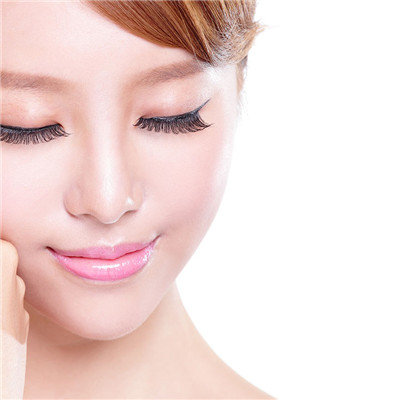
Granulomatous cheilitis: more common in young adults, onset and after slow, more upper lip. General swelling starts from one side of the lip, swelling is characterized by no pain, no itching, no depression edema. With the development of the disease, it spread to the whole lip and formed a huge lip, with left and right symmetrical longitudinal fissure, which was corrugated.

matters needing attention
Local injection of prednisolone suspension or application with radioisotope 32P. After infection control, chlortetracycline and glycerin can be used locally. The diagnosis should be confirmed by biopsy as soon as possible. Avoid sun exposure. Because the disease is sensitive to radioactivity, it can be treated by isotope 32P sticking, and the eschar can be removed by wet dressing with 0.1% ethacridine solution. Topical application of anti-inflammatory and anti exudative ointment.
